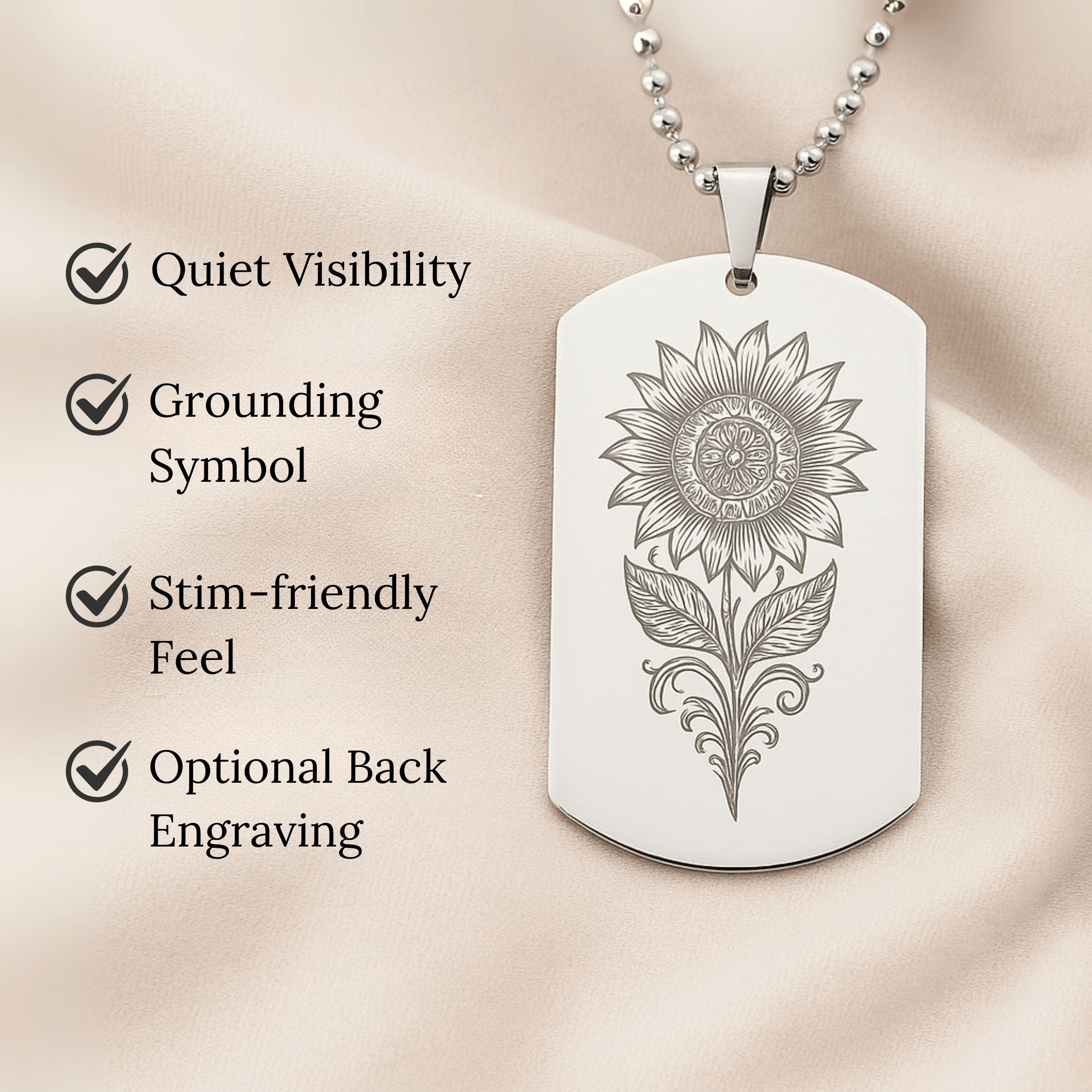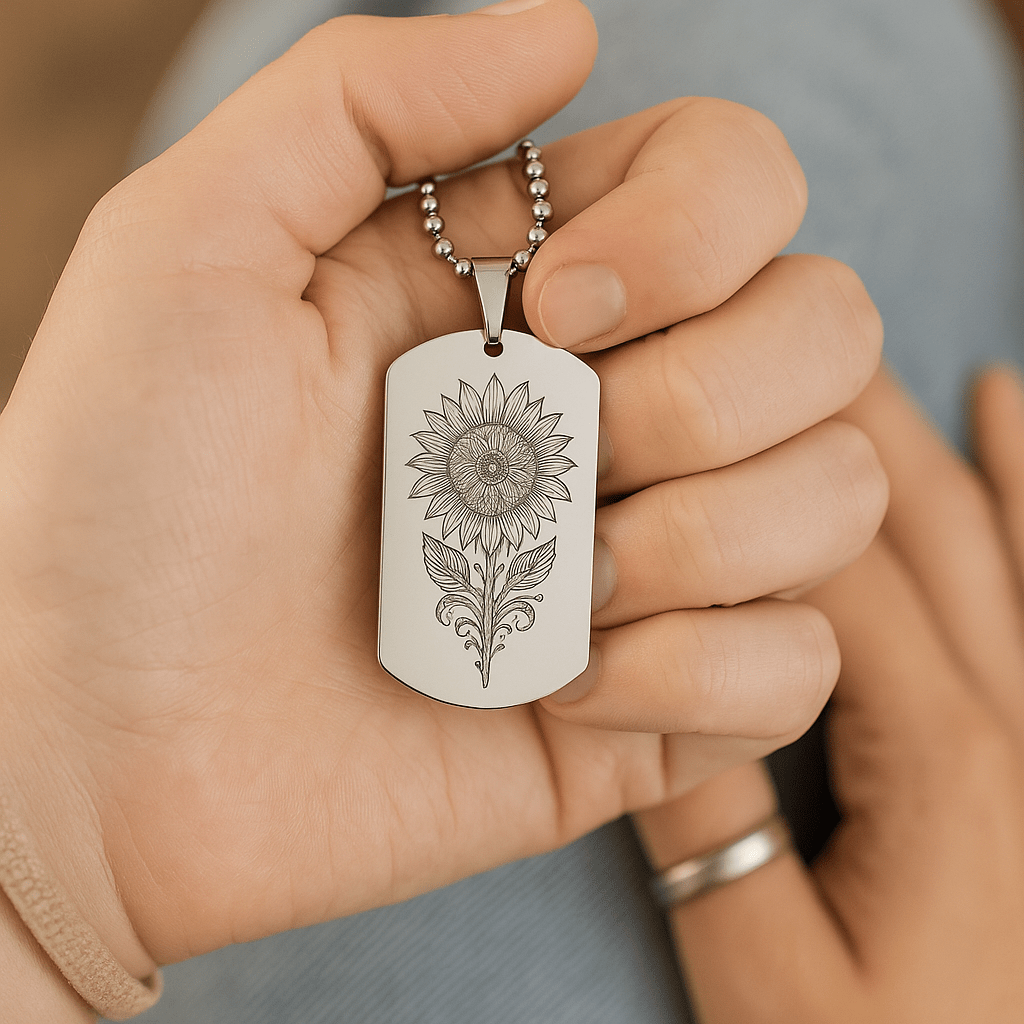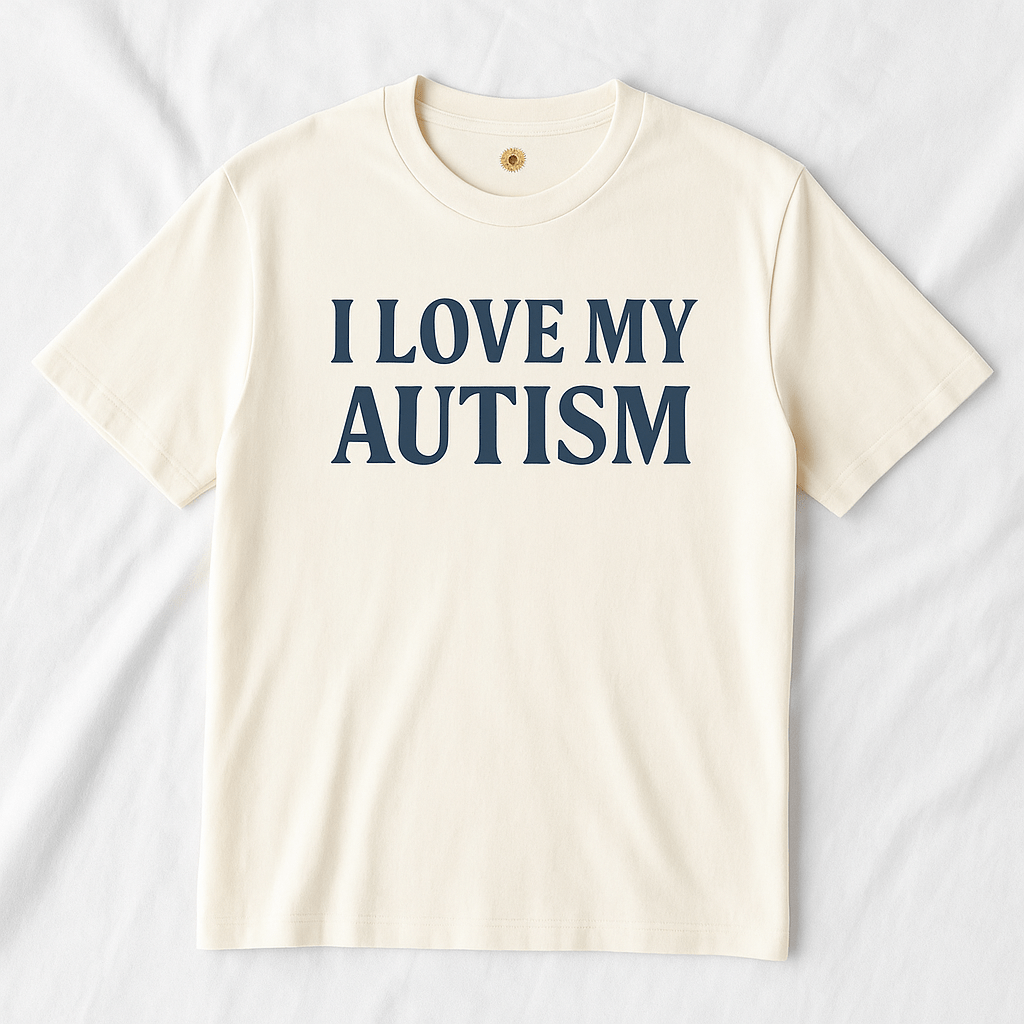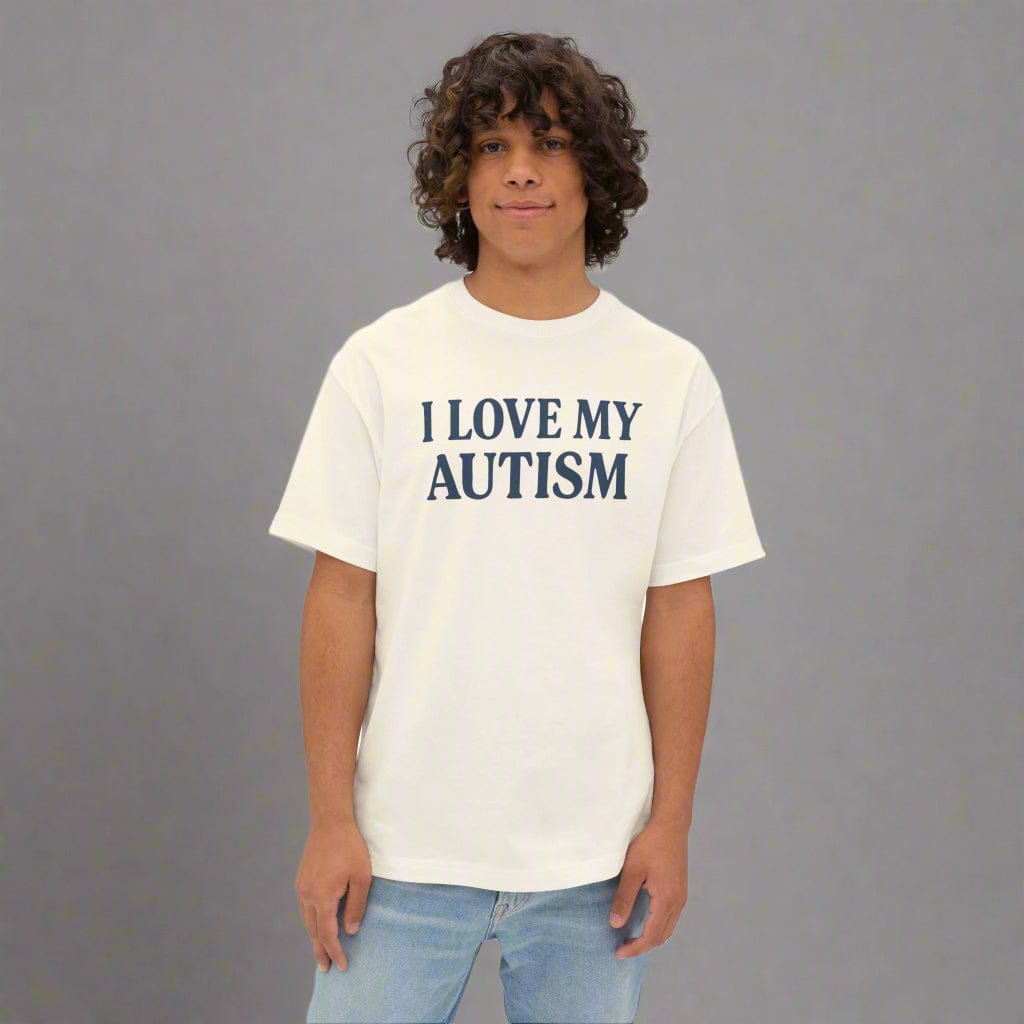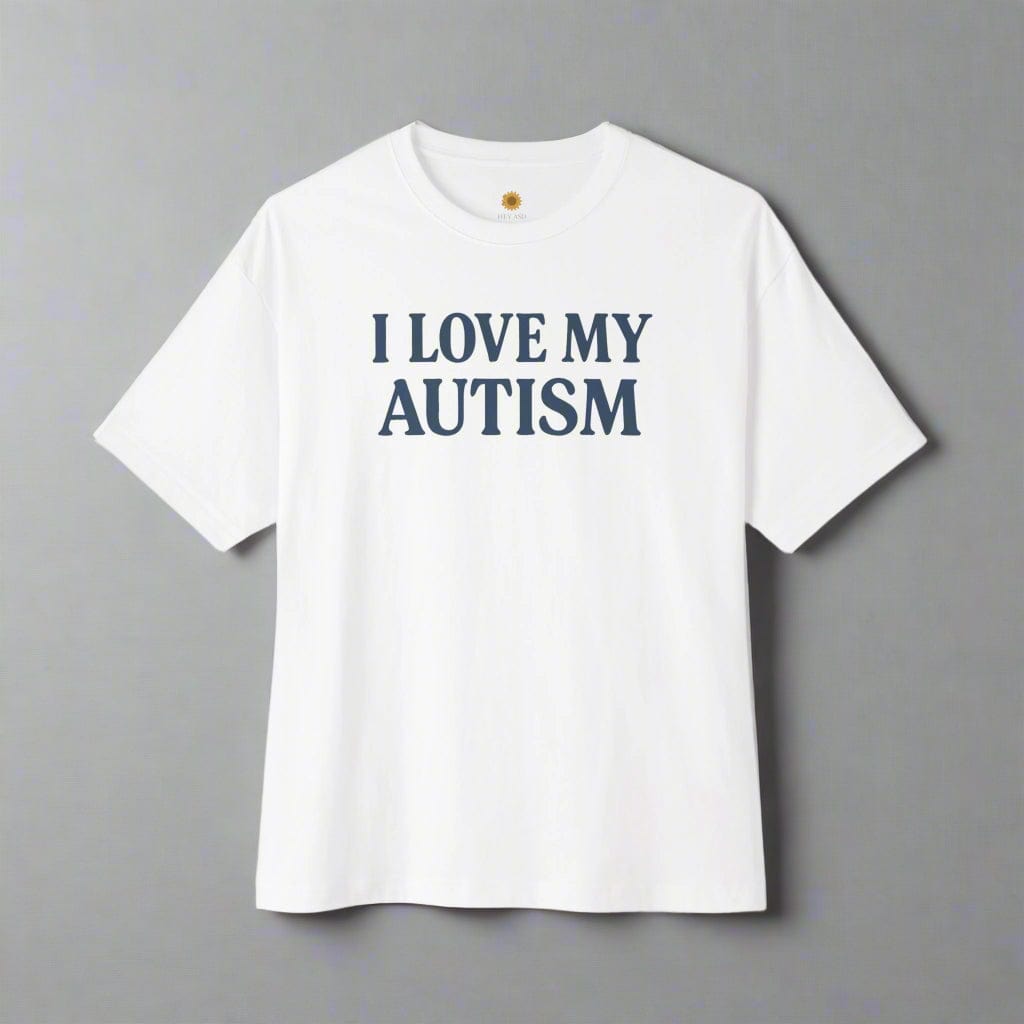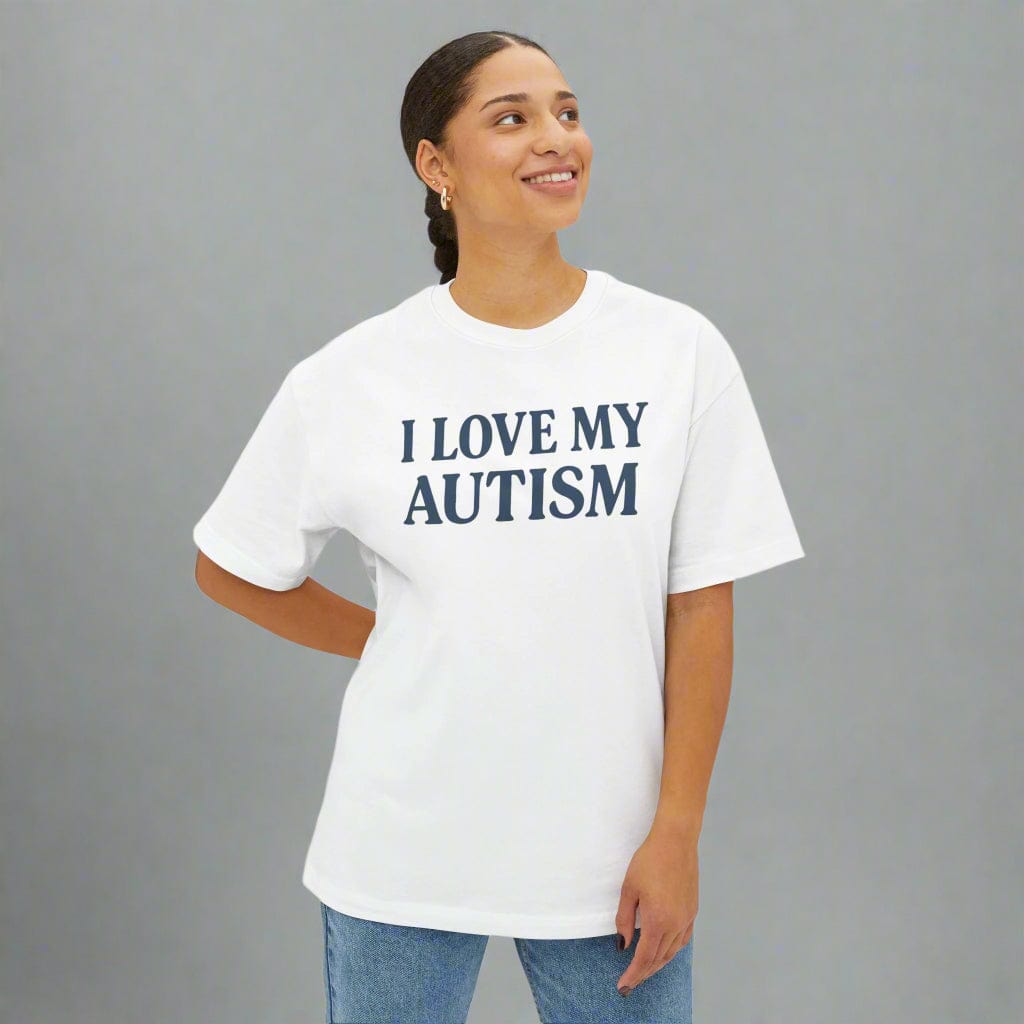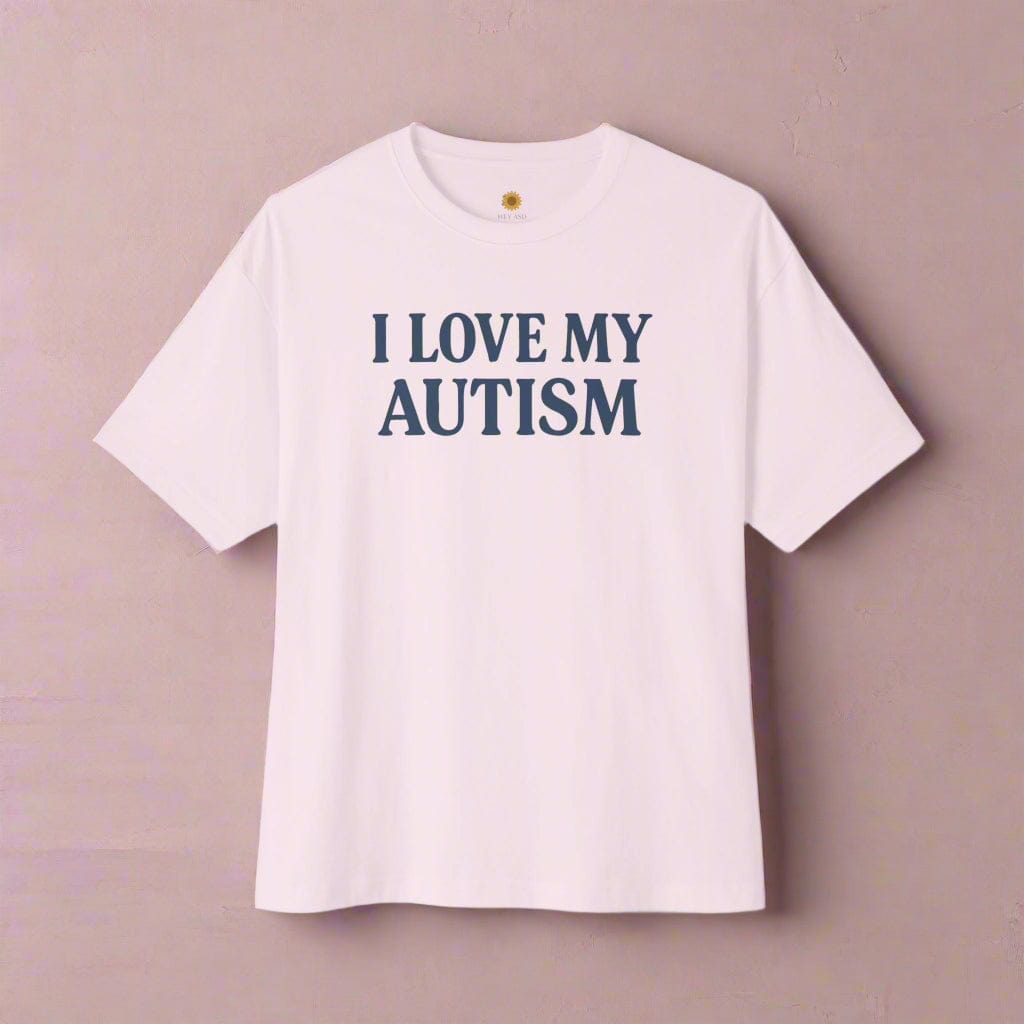Navigating Autism Motor Challenges: Understanding Autism & Motor Skills

Written by the HeyASD Editorial Team
Individuals with autism often face challenges with motor skills, which are distinct from repetitive behaviors and are not considered a core trait of autism. Research indicates that up to 87% of autistic individuals experience some form of motor difficulty, making it a prevalent issue within the autistic community. These motor difficulties can manifest in various ways, including gross motor problems and difficulties with fine motor skills. Gross motor problems may include issues with balance and coordination, while fine motor skills difficulties can involve precise movements and manipulation challenges.
It is essential to understand that these motor challenges are not isolated issues but can have a significant impact on the daily lives and social interactions of individuals with autism. For instance, difficulties with balance and coordination can affect a child's ability to engage in physical activities with peers, impacting their social interactions and overall well-being. Additionally, fine motor skill challenges can affect activities such as writing, drawing, and self-care tasks, leading to frustration and a sense of inadequacy in academic and personal domains.
For example, imagine a child with autism who struggles with fine motor skills. This child may find it challenging to use scissors, hold a pencil correctly, or manipulate small objects, impacting their ability to complete school assignments and participate in arts and crafts activities with their peers. These experiences can lead to social and emotional consequences, as the child may feel different or excluded from their classmates due to these motor skill challenges. Therefore, understanding the specific motor difficulties experienced by individuals with autism is crucial in providing targeted support and interventions to address these challenges effectively.
Furthermore, it's important to recognize the individual nature of these challenges. Each person with autism may experience motor difficulties differently, requiring personalized approaches to support their unique needs. By acknowledging and addressing these challenges, we can create an environment that fosters inclusivity and provides the necessary tools for individuals with autism to thrive.
Impact of Motor Challenges
The impact of motor challenges on individuals with autism is profound and touches on various aspects of their lives. For instance, these difficulties can significantly affect daily life and social interactions, making it challenging for individuals to engage in typical activities [1, 3]. Furthermore, the cascading effects of motor issues on cognitive, social, and emotional development may lead to delays in language acquisition, creating additional hurdles for individuals with autism. It's important to note that reduced core stability, which can affect sitting posture, balance, and stamina, plays a pivotal role in influencing overall physical capabilities and endurance.
To illustrate, a child with autism who experiences motor challenges may struggle to participate in physical activities with their peers, impacting their ability to form social connections and engage in recreational pursuits. Additionally, the impact of motor difficulties on cognitive development can lead to challenges in academic settings, affecting learning and educational experiences. It's evident that these challenges extend beyond motor functions and can permeate various aspects of an individual's life, emphasizing the need for targeted interventions and support systems to address these complexities [1, 2].
Moreover, the impact of motor challenges can extend beyond the individual and affect their family and caregivers. For instance, parents may experience heightened stress and concern when observing their child's struggles with motor skills, as these challenges can impact the child's overall well-being and independence. By recognizing the broader impact of motor challenges, it becomes evident that comprehensive support systems are essential to address the multifaceted effects of these difficulties on individuals with autism and their families.
Theories Behind Motor Difficulties
One possible theory for the motor difficulties observed in individuals with autism is the differences in brain wiring. Research suggests that the atypical connectivity within the brain may impact motor functioning, leading to challenges in motor coordination and control. For example, a study published in Spectrum News highlighted that differences in brain connectivity may explain some motor difficulties in autistic individuals. This theory implies that the neural pathways responsible for motor skills may not develop in the same way as in neurotypical individuals, contributing to the observed motor challenges in autism.
Another theory that has been proposed is joint hypermobility and low muscle tone. Some individuals with autism may experience joint hypermobility, which can affect their coordination and motor planning. This theory suggests that the physical characteristics of hypermobility and low muscle tone may contribute to the motor difficulties observed in autistic individuals. For instance, the National Autistic Society in the UK mentioned that motor skill development may be influenced by joint hypermobility and low muscle tone, leading to challenges in posture, balance, and overall motor coordination. This theory underscores the importance of considering physical attributes that may impact motor skills in individuals with autism.
Anxiety has also been identified as a potential factor contributing to motor challenges in autism. Research indicates that heightened anxiety levels may affect motor performance and coordination in individuals with autism. For example, individuals experiencing high levels of anxiety may struggle with fine motor skills due to increased muscle tension and difficulty focusing on precise movements. This theory highlights the need to address anxiety as a potential barrier to motor skill development in autistic individuals, emphasizing the importance of holistic support to address both emotional and motor challenges. These theories offer valuable insights into the multifaceted nature of motor difficulties in autism, pointing to the need for comprehensive and individualized interventions to support motor skill development.
Furthermore, it is essential to recognize that these theories provide a framework for understanding the underlying factors contributing to motor challenges in autism. By delving into these theories, we can develop targeted interventions that address the specific mechanisms influencing motor difficulties in individuals with autism, ultimately leading to more effective and personalized support.
 Motor Skills Development
Motor Skills Development
Motor skill development is essential for individuals with autism as it significantly impacts various aspects of their lives. For instance, fine motor skills, which involve precise movements, are crucial for tasks such as writing, using utensils, and dressing themselves. Gross motor skills, on the other hand, are essential for activities like running, jumping, and balancing. For children with autism, the development of these skills can be particularly challenging, affecting their ability to participate in physical activities and interact with peers.
Moreover, the significance of motor skills in shaping interactions with others and the environment is evident in everyday scenarios. For example, a child with autism may struggle to engage in playground activities due to poor gross motor skills, leading to feelings of isolation and exclusion. Similarly, difficulties with fine motor skills can impact a child’s academic performance, making tasks like handwriting and using scissors challenging. Hence, the development of motor skills is crucial for individuals with autism to enhance their independence and improve their overall quality of life.
It is important to recognize that the development of motor skills is not solely about physical abilities but also plays a critical role in fostering independence, confidence, and social interaction for individuals with autism. By acknowledging the multifaceted impact of motor skill development, we can prioritize and implement comprehensive interventions that address the diverse needs of individuals with autism, ultimately contributing to their overall well-being and success.
Motor Skills Challenges in Autism
In addition to the challenges mentioned above, individuals with autism may also experience difficulties with activities that involve bilateral coordination, such as riding a bike or tying shoelaces. This can impact their independence and participation in daily activities. For example, a child with autism may struggle with buttoning their shirt or using utensils effectively due to fine motor skill challenges, leading to frustration and reduced self-esteem.
Furthermore, sensory processing issues can significantly impact motor skills in individuals with autism. For instance, hypersensitivity to certain textures may make it difficult for a child to hold a pencil or use scissors effectively, hindering their ability to engage in activities that require fine motor skills. On the other hand, hyposensitivity may lead to a lack of awareness of body positioning and movement, affecting gross motor skills and coordination.
It's important to recognize that these challenges are not indicative of a lack of effort or motivation on the part of individuals with autism. Rather, they stem from neurological differences that require understanding, support, and appropriate interventions to help individuals overcome these obstacles and thrive in their daily lives.
Moreover, the challenges associated with motor skills in autism can evolve as individuals grow and develop. For instance, a child who struggled with fine motor skills in early childhood may face different challenges as a teenager, requiring ongoing and adaptive support to address their changing needs. By acknowledging the dynamic nature of motor skill challenges, we can implement strategies and interventions that evolve alongside the individuals with autism, ensuring continuous and tailored support throughout their developmental journey.
Strategies and Interventions for Motor Skills Development
In addition to physical and occupational therapy, there are numerous other strategies and interventions aimed at supporting the development of motor skills in individuals with autism. For instance, sensory integration therapy has been found to be effective in addressing sensory processing issues that often accompany motor difficulties in autistic individuals. This therapy involves activities designed to help individuals process and respond to sensory information more effectively, which in turn can have a positive impact on their motor skills.
Furthermore, aquatic therapy, which involves exercises and activities in a pool, has been shown to be beneficial for improving motor skills in children with autism. The buoyancy of water reduces the effects of gravity, making movements easier and less painful, which can help individuals with autism improve their coordination, strength, and overall motor function. For instance, a case study documented a child with autism who showed significant improvements in their gross motor skills, balance, and coordination after engaging in regular aquatic therapy sessions.
In addition to these therapies, animal-assisted therapy involving interactions with specially trained animals has been used to enhance motor skills in individuals with autism. For example, equine-assisted therapy, where individuals engage in activities with horses, has been shown to improve balance, coordination, and posture in children with autism. A study reported that children participating in equine-assisted therapy demonstrated improved fine and gross motor skills, as well as enhanced social interactions and emotional regulation. These examples highlight the diverse range of strategies and interventions available to support the motor skill development of individuals with autism, demonstrating the potential for significant improvements in their abilities with the right interventions and therapies.
Moreover, it is essential to recognize the importance of family involvement and support in implementing these interventions. By engaging families and caregivers in the process, individuals with autism can receive consistent and holistic support that extends beyond therapy sessions, contributing to more comprehensive and sustainable improvements in their motor skills.
 Importance of Early Intervention and Therapy
Importance of Early Intervention and Therapy
Early intervention and therapy are critical components in addressing motor skill difficulties in individuals with autism. By identifying and addressing these challenges early on, individuals can receive the necessary support to improve their motor skills and overall quality of life.
For example, a case study conducted by researchers at a pediatric therapy center highlighted the positive impact of early intervention on motor skills in a 4-year-old child with autism. The child participated in a comprehensive therapy program that included occupational therapy, physical therapy, and speech therapy. Over the course of six months, the child showed significant improvements in fine motor skills, gross motor coordination, and balance, allowing them to engage more effectively in daily activities and social interactions.
Furthermore, the involvement of occupational therapy, physical therapy, and speech therapy provides individuals with autism access to specialized interventions tailored to their unique motor challenges. Occupational therapists focus on activities of daily living, sensory integration, and fine motor skills, while physical therapists work on improving overall strength, coordination, and gross motor skills. Speech therapists address oral motor skills, communication, and social interaction, all of which are interconnected with motor skill development.
In conclusion, early intervention and therapy are pivotal in supporting individuals with autism in overcoming motor skill difficulties, facilitating their overall development and enhancing their participation in various activities and social interactions.
Additionally, it is important to emphasize the role of ongoing support and interventions beyond early childhood. As individuals with autism transition into adolescence and adulthood, continued access to specialized therapies and interventions remains crucial in addressing their evolving motor skill challenges. By recognizing the lifelong impact of motor skill development, we can advocate for sustained and accessible support systems that cater to the diverse needs of individuals with autism across different stages of their lives.
Success Stories and Case Studies
One remarkable success story is that of a young boy diagnosed with autism who struggled with poor balance and coordination, making it challenging for him to participate in physical activities with his peers. Through regular occupational therapy sessions focused on improving his gross motor skills, he gradually developed better balance and coordination. As a result, he gained the confidence to engage in outdoor activities and even took up sports, demonstrating a significant improvement in his motor abilities and overall quality of life.
In another case study, a teenager with autism faced difficulties with fine motor skills, particularly in tasks requiring precise movements such as handwriting and using utensils. With the help of consistent occupational therapy and sensory input activities, he made remarkable progress in his fine motor abilities. As a result, he was able to write legibly, use utensils independently, and engage in activities that require intricate hand movements, leading to increased confidence and independence in daily tasks.
These success stories exemplify the transformative impact of tailored interventions and therapies in enhancing motor skills for individuals with autism. They underscore the significance of early and targeted support in fostering meaningful improvements in motor abilities, ultimately contributing to a more fulfilling and independent life for individuals on the autism spectrum.
Furthermore, it is important to recognize that these success stories represent individual journeys and highlight the potential for positive outcomes when individuals with autism receive personalized and consistent support. By sharing and celebrating these success stories, we can inspire hope and advocate for continued investment in interventions that address the diverse motor skill challenges faced by individuals with autism.
Join Hundreds of Autistic Adults Feeling
More Comfort in Their Own Skin
Use code WELCOME10 for 10% off your first order.
Start Your Comfort Journey
 Conclusion
Conclusion
Moreover, the call for larger-scale research on motor skill interventions is essential to continually enhance the effectiveness of existing therapies and develop innovative approaches to support individuals with autism. Through comprehensive research initiatives, we can gain deeper insights into the most impactful interventions and strategies, ultimately leading to improved outcomes for individuals with autism and motor skill difficulties. Emphasizing the importance of ongoing research and development in this area will pave the way for more tailored and effective support for individuals with autism, contributing to their overall well-being and success.
On This Page
Frequently asked questions
What are common motor challenges experienced by autistic individuals, and how do they affect daily life?
How can sensory-friendly autism support help improve motor skills in autistic individuals?
What role does occupational therapy for autism play in addressing motor challenges?
How can families and caregivers best support a loved one facing motor difficulties related to autism disability support?
Are there sensory tools or calming items that can assist with motor skill development and comfort for people with autism?
How do anxiety and sensory processing differences impact motor skills in autism?
Why is early intervention important for improving motor skills in children with autism?
How can motor challenges in autism evolve over time, and what ongoing support might be needed?
What types of Autism-themed decor or clothing can create a supportive and inclusive environment for individuals with motor skill challenges?

About the HeyASD Editorial Team
Autistic‑owned • Values‑led • Sensory‑friendly design
We are autistic creators, writers, and advocates dedicated to producing resources that are practical, sensory-aware, and grounded in lived experience. Our mission is to make information and products that support the autistic community accessible to everyone, without jargon or condescension. Learn more about our team.
This article is written from lived autistic experience and an evidence-aware perspective. It is for general informational purposes only and should not be taken as medical, legal or therapeutic advice.
Always consult a qualified clinician or occupational therapist for individual needs and circumstances.

About Our Autism Blog
HeyASD isn’t just a store, it’s a calm, supportive space created by and for autistic adults. Our blog shares sensory-friendly tips, identity-affirming stories, and heartfelt resources for navigating life as an autistic person. Whether you're late-diagnosed, exploring your needs, or supporting someone you love, you're welcome here.
Thank you for reading. We hope these resources bring comfort and clarity.













